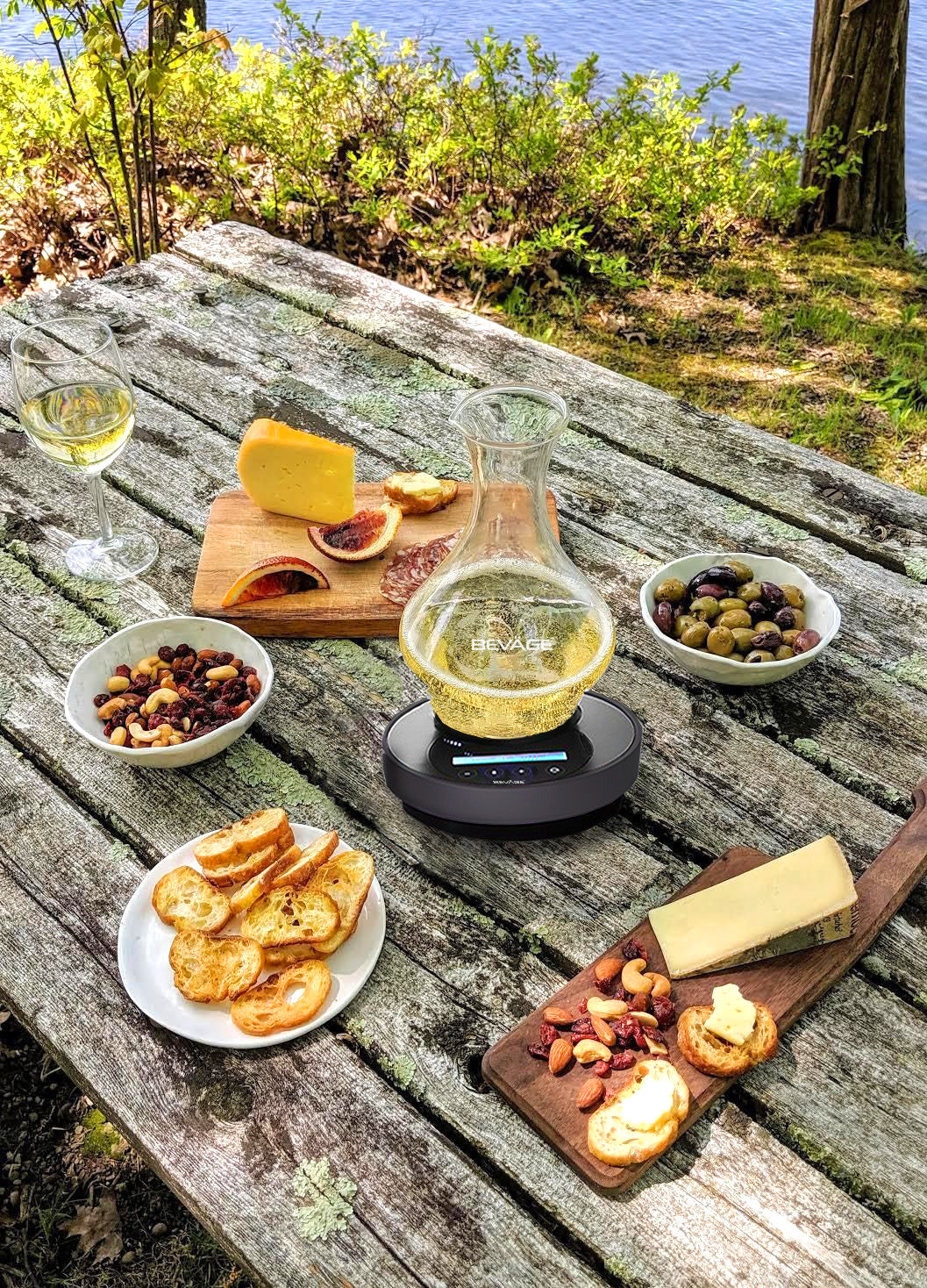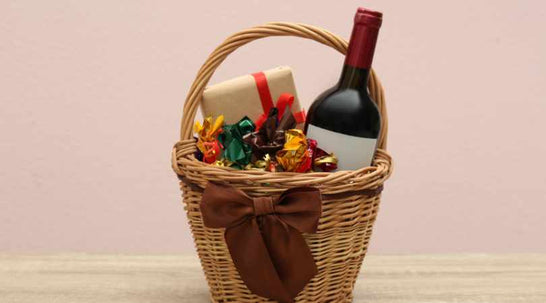
by Hillary Zio (@hillaryzio)
Similar to reds, many white wines can greatly benefit from a decant. In fact, any wine that has spent several years in the bottle needs some time to breath. While we don’t usually need to be concerned with sediment in white wine, tartrates are often found and especially in unfiltered whites. These crystal-like particles are harmless of course, but they can be separated for enjoyment and convenience. Beyond that, there are a few general rules I like to follow for decanting white wine.
- If the wine is too cold. I’ve found that most people, especially in the USA, are drinking their whites too cold and their reds too hot. In general, light-bodied white wines should be served around 50 degrees and full styles can be enjoyed closer to 55 degrees. This can be achieved after about 25 minutes in a regular decanter (or just 5 minutes on Wake Up Wine) after removing the wine from your refrigerator. Of course, the correct temperature for optimal enjoyment is going to vary by drinker. For instance, I like most of my white wines closer to room temperature. This is because I’m always on the hunt for each and every flavor that a wine can portray. Whites that are too cold don’t seem to taste much like anything, in my opinion.
- If there’s any skin contact. Some white wines spend a few hours or so on their skins before pressing. This can result in a fuller mouthfeel and even a hint of tannin, like in the case for red wines. Often called orange wines, these tend to behave like reds, requiring time to open up and become more balanced with the incorporation of air. These wines can take up to an hour in a regular decanter (or just 7 minutes on Wake Up Wine) before tasting in balance.
- If the wine is oaked. Chardonnay that has been aged in oak can especially benefit from a decant. This is because oak (especially new) can impart some characteristics that often mask the grape’s other flavors, at first. For instance, vanilla, butter and toast are often the first notes I’ll find in a just-opened Chardonnay from Napa. After decanting, these aromas are less distinct and over-powering, allowing the more subtle flavors like fruits, flowers and herbs to shine through.
- If it’s a dessert wine. Most dessert wines need contact with air to develop and showcase more than their obvious high sugar content across the palate. Just-opened sweet wines might not reveal more than syrup or candied fruit to the average drinker. Most dessert wines taste more mineral-driven after decanting, which is undeniably more exciting to most wine drinkers.
It’s important to think about your personal preferences, and enjoy the wine how you and your group best see fit. All in all, exposure to air is usually beneficial for optimal enjoyment, but the temperature might change as a wine sits on your counter. This is yet another reason why Wake Up Wine is the perfect solution, taking just minutes to reveal a wine’s potential without allowing it to get too warm in these hot, summer months.



